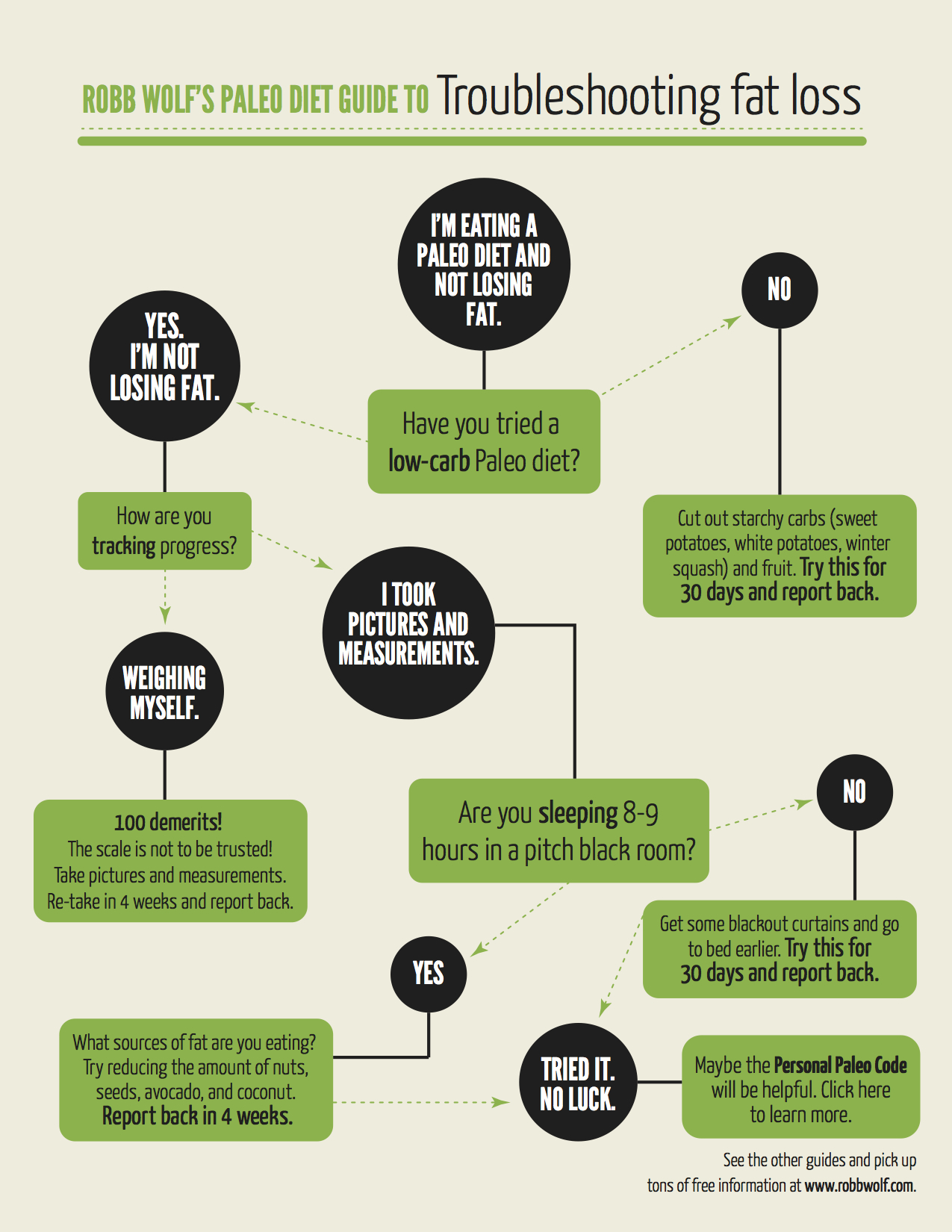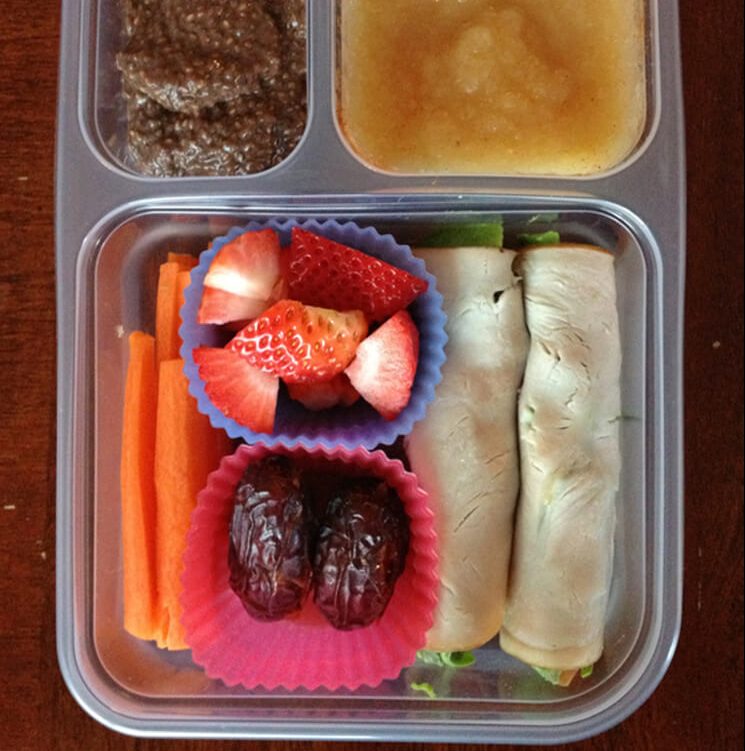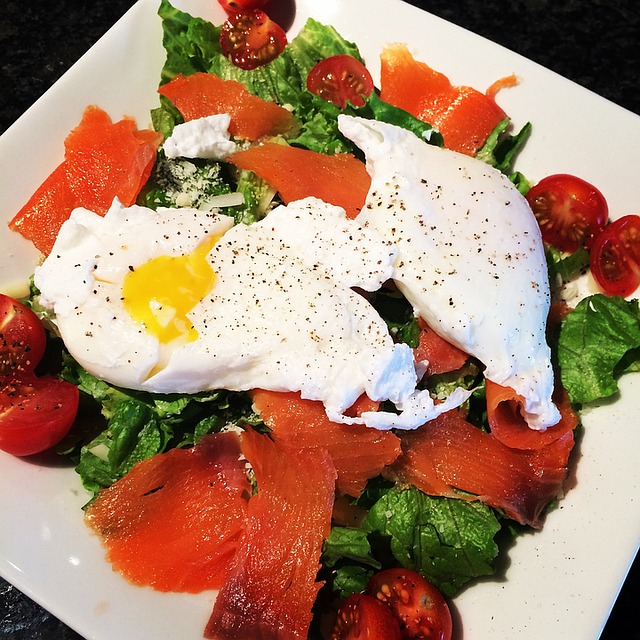
The paleo menu emphasizes eating foods our ancestors used to eat. This diet includes foods such as bananas with almond butter, dried pumpkin seeds, and apricots. It can also be filled with sweet potatoes, chicken, and other vegetables. EatingWell understands that the paleo diet can be restrictive. However, they believe in the value of certain foods. Here are some suggestions for healthy foods that you can enjoy while eating healthy.
Pola makanan, paleolithic manusia
Christina Warinner, Ph.D., studied pola makan manusia purba and mitos-mitos pola makanan paleolithic manusia in 2010. She reveals that manusia Paleolithic consumed large amounts of daging and ate all kinds of meat. This myth was believed by many paleolithic people but is now considered obsolete and irrelevant.
The diet paleo, also known to be the diet the manusiagua, allows for a more traditional way of eating that is similar to what manusias gua or man used to have. They help preserve their heritage and improve their kesehatan. This diet isn't for everyone. It is not right for everyone.
The Ramasokat lukisan includes two types of Kelompokan: the ceruk and the lukisan. They were grown in the Sulawesi Tenggara area and Liabalano. The lukisan gua has a combination of proteins, fats and carbohydrates. These nutrients support healthy living, and may even help us understand the nuances of human evolution.

Modern people eat a varied diet that has many benefits and some downsides. People who eat foods richer in nutrients like those found in Paleolithic Era have a higher risk of developing diseases. You can reduce your chance of getting sick by eating clean. Clean Eating is an excellent way to eat healthier. The benefits of eating this way are obvious: a diet low in fats can be good for your health, and you won't get sick from overeating.
Paleolithic diet allows certain foods
A lot of processed foods contain added sugars and vegetable oils. These can have a negative impact on your health. Salt and refined sugars are both factors that contribute to obesity and can cause heart disease. Vegetable oils are also controversial; the American Heart Association recommends safflower or corn oil as replacements for canola oil. These oils have high levels of omega-6 essential fatty acids.
Some commercial paleo diets limit dairy products to a minimum. Others have more strict restrictions. The paleolithic menu includes lean pork loin with onion and carrot stuffing, roasted chicken with onions and carrot stuffing, and steamed broccoli. Other paleo plans allow limited amounts of honey or maple syrup. There are varying levels of scientific research about the benefits of this diet.
Paleo advocates recommend that you avoid legumes because they contain high amounts of phytic acids. These substances can inhibit the absorption essential minerals from the stomach. These substances are allowed in certain situations. While it may be tempting to eat legumes and potatoes, it's not recommended to add them to your diet as often as you would other processed foods. It is better to include lots and plenty of fruits & vegetables in your daily food plan.
Guidelines for eating paleolithic food
The Guidelines for Eating a Paleolithic Diet are very different from the typical modern diet, but they are both based on the same principles. The Paleolithic diet primarily consisted of animal products. But it's also rich in plant foods, so there aren't many limitations. However, it is important to note that you may not be genetically suited for the diet, and that the higher meat consumption may not be healthy. It is important to be cautious if Paleolithic living might suit you.

Paleolithic diets are known to exclude dairy products. This could put you at risk of nutritional deficiency. A deficiency or lack of calcium in your diet can lead tooth decay. This could have a negative impact on your teeth and bones. Calcium plays an essential role in blood clotting. Whole grains are also less likely to develop heart disease, stroke, or type 2 diabetes. Because grains were mostly eliminated, you could be at risk for calcium deficiencies.
There are many principles that guide Paleolithic food choices. It encourages the consumption of nutrient-rich foods and protein, while limiting carbohydrates and processed foods. It is best to follow the guidelines closely so you don't overdo it. Keep in mind that every person will have a different paleolithic food plan. It is important you realize that the Paleolithic food plan is based on an ancient lifestyle.
FAQ
What should a novice cook do first?
A beginner should start cooking something easy, like pasta, rice, or soup. You can learn how to cook by looking at a cookbook or watching a YouTube video. Cooking can be fun when done with a partner. Have a group of friends cook, or cook together.
How can I get hired as a cook?
It is possible to get a job in the kitchen by word of mouth. You might be able to find out about a restaurant looking for additional staff through your family and friends. A lot of restaurants also advertise their openings on bulletin boards or websites.
What does a culinary program cost?
Prices for Culinary School vary depending upon where you go, what program you select, and how long you stay there. The average tuition ranges from $10,000-$30,000 per year. Most students graduate with about $20,000 in debt. Some programs offer scholarships, grants, or work-study opportunities.
What are your basic cooking skills
Basic cooking skills include knowing how to read recipes, measure ingredients, cook food safely, and clean up after yourself. If you want to be able to cook for yourself, then you need to learn these basic skills. You can also save money by cooking at home.
What skills are necessary to attend culinary school
You must have the ability to cook well and work under pressure. For a basic understanding of cooking, it is advisable to enroll in cooking classes at the local high schools or community colleges. After you have learned the basics, you can apply for jobs in a restaurant or catering business.
Statistics
- under 10 Kids have been taught that there is special food just for them, and Fiese says that 10 percent of kids will throw a tantrum if they don't get the food they want. (washingtonpost.com)
- On average, chefs earn $58,740 a year, according to the BLS. - learnhowtobecome.org
- You'll be amazed that over 90% of CIA students receive scholarships and grants to finish their culinary studies. (ischoolconnect.com)
External Links
How To
How to make the perfect omelet
Omelets are a favorite breakfast food of mine. But how do you create them perfectly? I've tried many recipes and different methods but none have worked. So I wanted to share some tips and tricks so that you can make delicious, fluffy omelets every morn.
When making omelets, it is important to be aware that eggs can be temperamental. Eggs must be purchased fresh, preferably organic, and kept chilled until ready for cooking. You must keep them cool enough to allow the whites to form properly and the yolks to become too runny if they're not kept at the right temperature. Your omelets will look strangely colored if this happens. It is best to use room-temperature eggs if you are going to cook them right away.
Another tip is to separate the egg before adding it to the pan. You don't want any white to get mixed up with the yolk because this could cause the omelet to curdle.
The egg can burn if it is placed directly on the stovetop. Instead, microwave the egg for 10 seconds before adding it to the pan. The microwave heat cooks the eggs just right without overcooking them.
Next, let’s talk about mixing the egg. When you mix eggs together, you want to beat them well. You need to turn the bowl of the mixer upside down. Next, shake the bowl vigorously. The egg will be thoroughly mixed in the bowl as the air is whipped.
Now comes the fun part - pouring the milk into the mixture. Mix half of the milk with the eggs. Then fold the eggs in half into the remaining milk. Do not worry if you see streaks of egg; they will disappear when the omelet is flipped.
After you have folded the eggs, heat the oil in a pan over medium heat. Once the oil has started to sizzle, turn the heat down to low. Once the oil has gotten hot, add 1/4 cup of butter and swirl it around so that the entire pan is coated. Open the lid and sprinkle salt on the pan. The salt will help to prevent the omelet's sticking to the pan.
Once the omelet has formed completely, cover the pan and let it set for a few minutes. Flip the omelet upside down or with a spatula. Cook the other side for about a minute. Take out the omelet and place it in a bowl.
This recipe is best made with whole milk. However, it can also be used with skimmed milk.